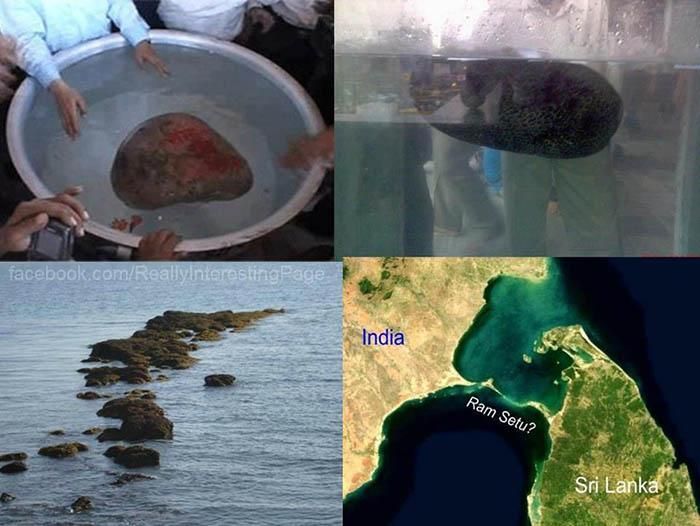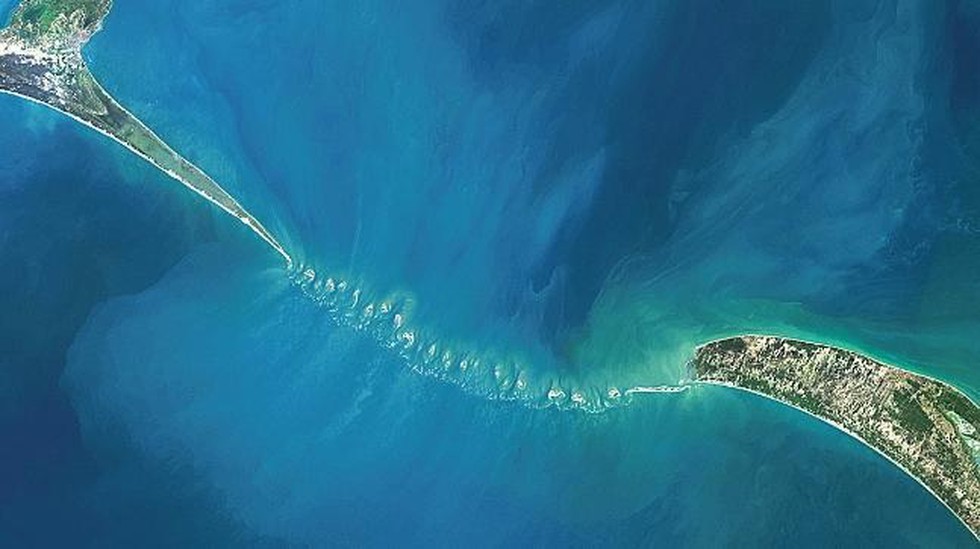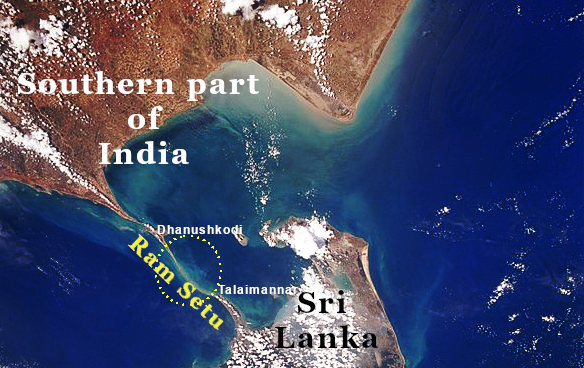The tale of Rama’s Bridge, also known as Rama Setu, is a fascinating blend of myth and geological reality that has captured the imagination of people for centuries. Spanning between Pamban Island in India and Mannar Island in Sri Lanka, this natural formation has stirred debates over its origin, significance, and potential alterations for modern navigation.
Etymology and Mythological Origins
The name “Rama’s Bridge” stems from the ancient Sanskrit epic Ramayana, where it is described as a bridge constructed by the deity Rama to rescue his wife Sita from the demon king Ravana. The Islamic tradition refers to it as Adam’s Bridge, connecting the belief that Adam crossed from Sri Lanka to India after being expelled from the Garden of Eden. These diverse names reflect the bridge’s significance across different cultures and religions.
Geological Evolution
The geological history of Rama’s Bridge dates back to the Last Glacial Period, around 115,000 to 11,700 years ago, when lowered sea levels exposed the shallow Palk Strait as dry land. Over time, as sea levels rose during the Holocene, the strait submerged, including the region of Adam’s Bridge. The islands of the bridge resurfaced following subsequent sea level fluctuations. While some believe it to be a natural limestone formation, others argue for its man-made origins.
Transport Corridor and Engineering Efforts
The shallow waters of Adam’s Bridge have long posed challenges to navigation, leading to proposals for its alteration to facilitate shipping. Historical figures like Major James Rennell and Sir Arthur Cotton proposed dredging the strait to create a navigable passage, but early attempts in the 19th century were unsuccessful. The modern Sethusamudram Shipping Canal Project, approved by the Indian government in 2005, aims to cut shipping time by dredging through Adam’s Bridge, sparking controversy over its potential ecological and religious impacts.
Religious Significance
For Hindus, Rama’s Bridge holds profound religious significance as a symbol of Rama’s divinity and his triumph over evil. The Ramayana depicts it as a monumental feat of engineering aided by an army of monkeys, underscoring its mythical importance. However, historical and archaeological evidence regarding its construction remains elusive, leading to debates over its divine or natural origins.
Controversy and Modern Interpretations
The debate over Rama’s Bridge has taken center stage in both religious and scientific circles. While some proponents argue for its divine construction based on religious texts and beliefs, skeptics point to geological evidence suggesting a natural formation. NASA’s clarification regarding misinterpretations of satellite imagery underscores the complexities of discerning its true nature.
Conclusion
Rama’s Bridge stands as a testament to the interplay between mythology, geology, and human intervention. Whether viewed as a sacred relic of ancient legend or a geological marvel shaped by natural forces, its allure continues to captivate scholars and pilgrims alike. As debates persist over its future, one thing remains certain: Rama’s Bridge will continue to bridge the gap between history, faith, and scientific inquiry for generations to come.






